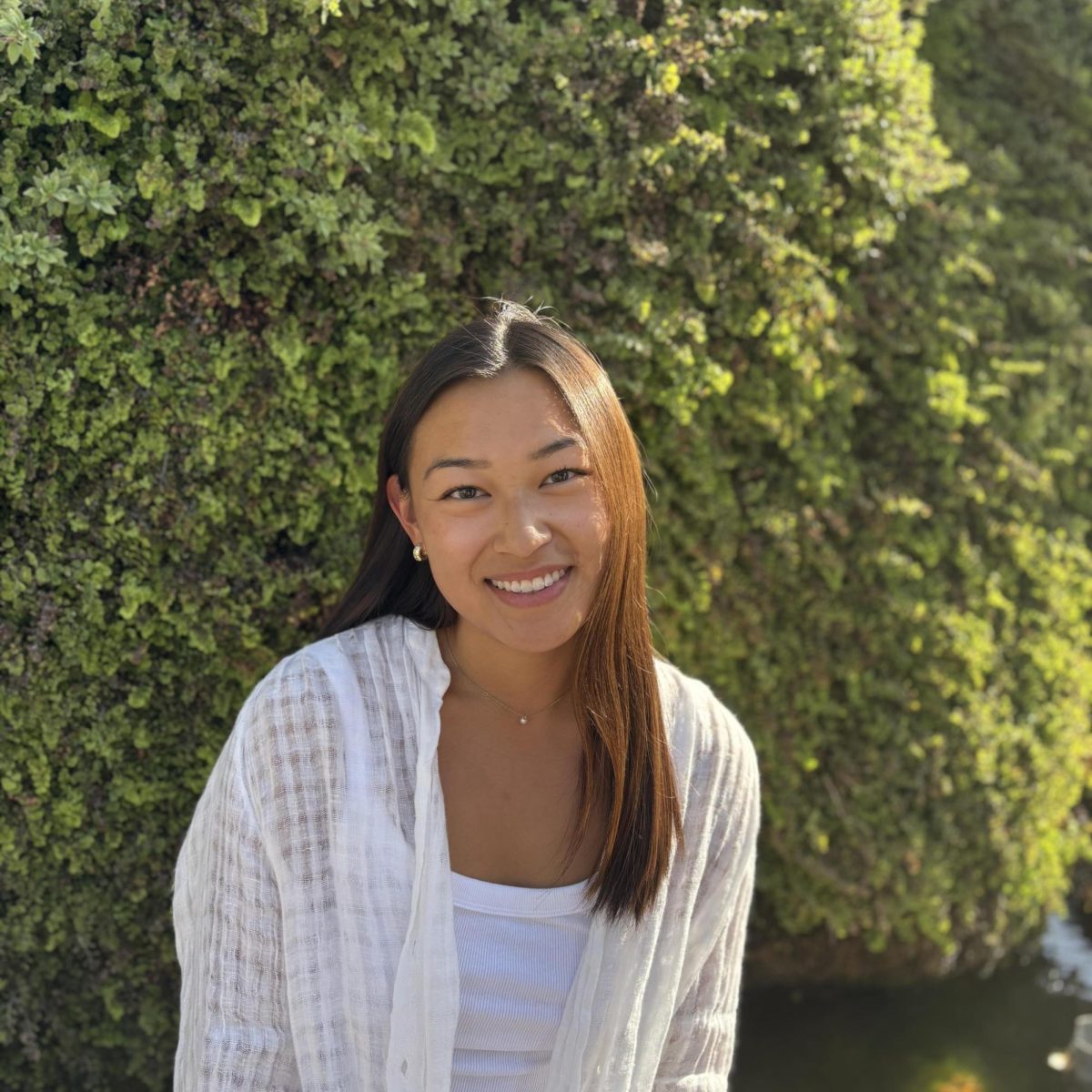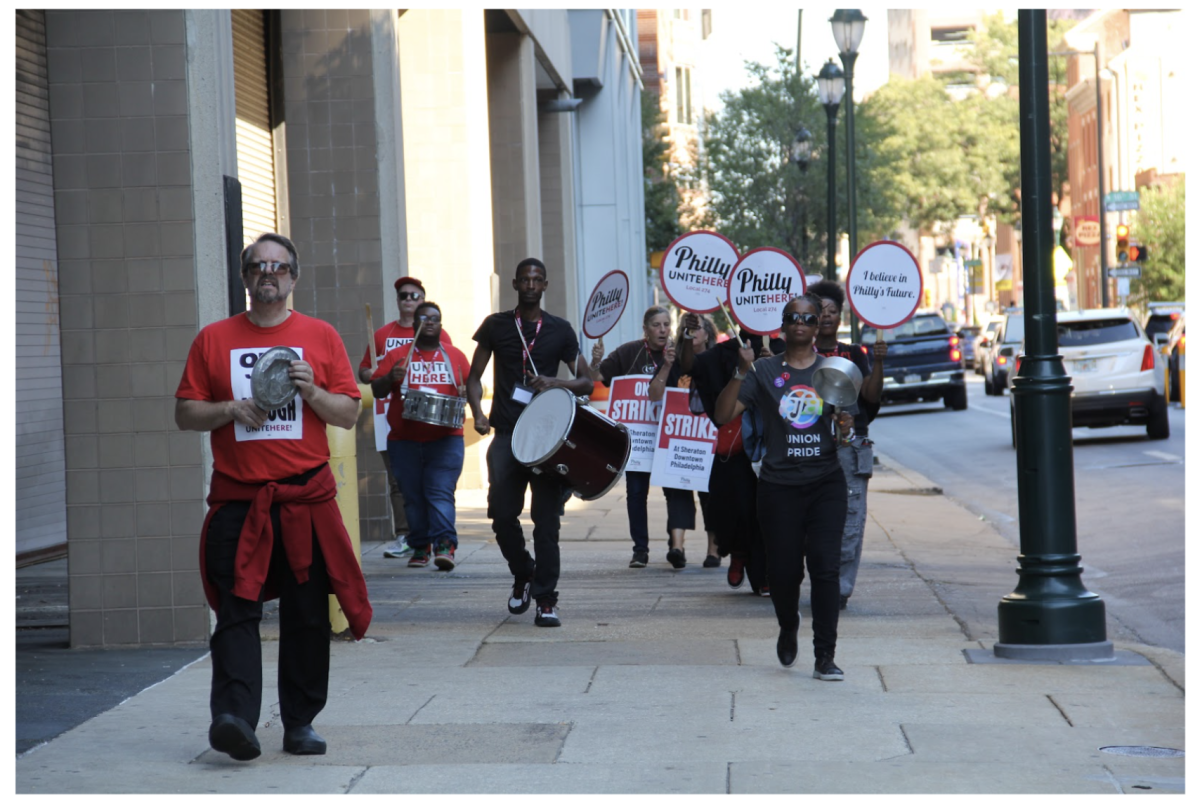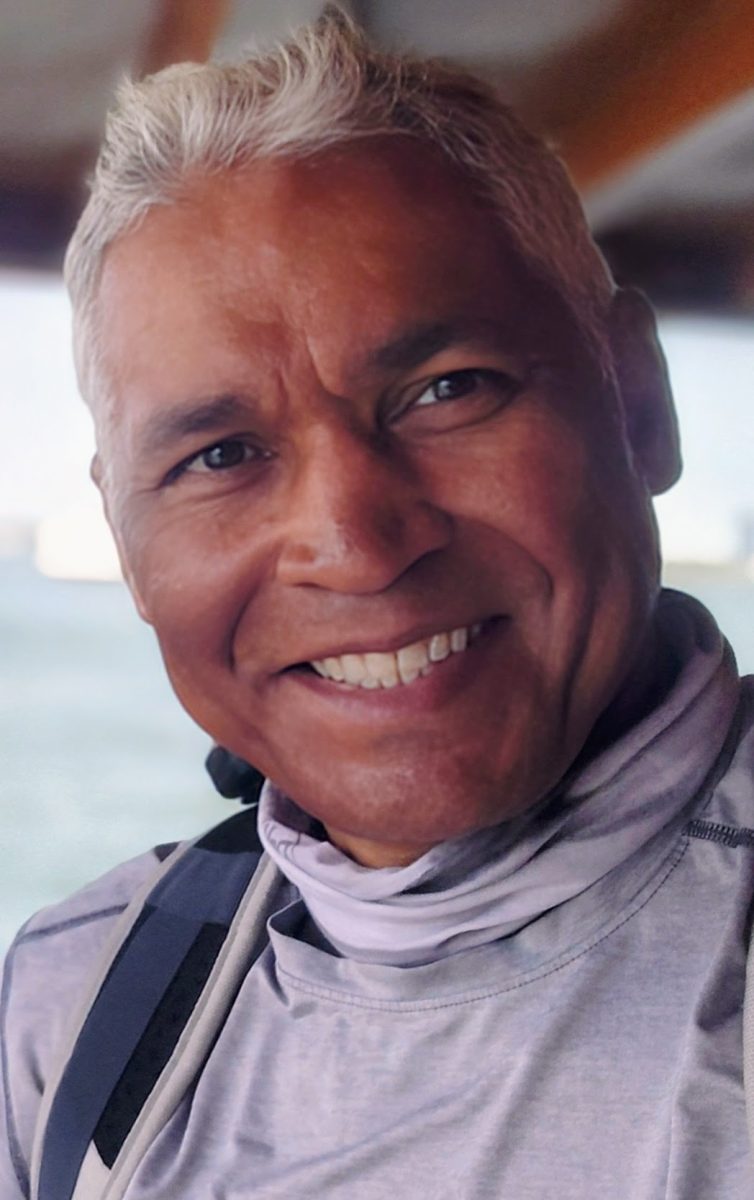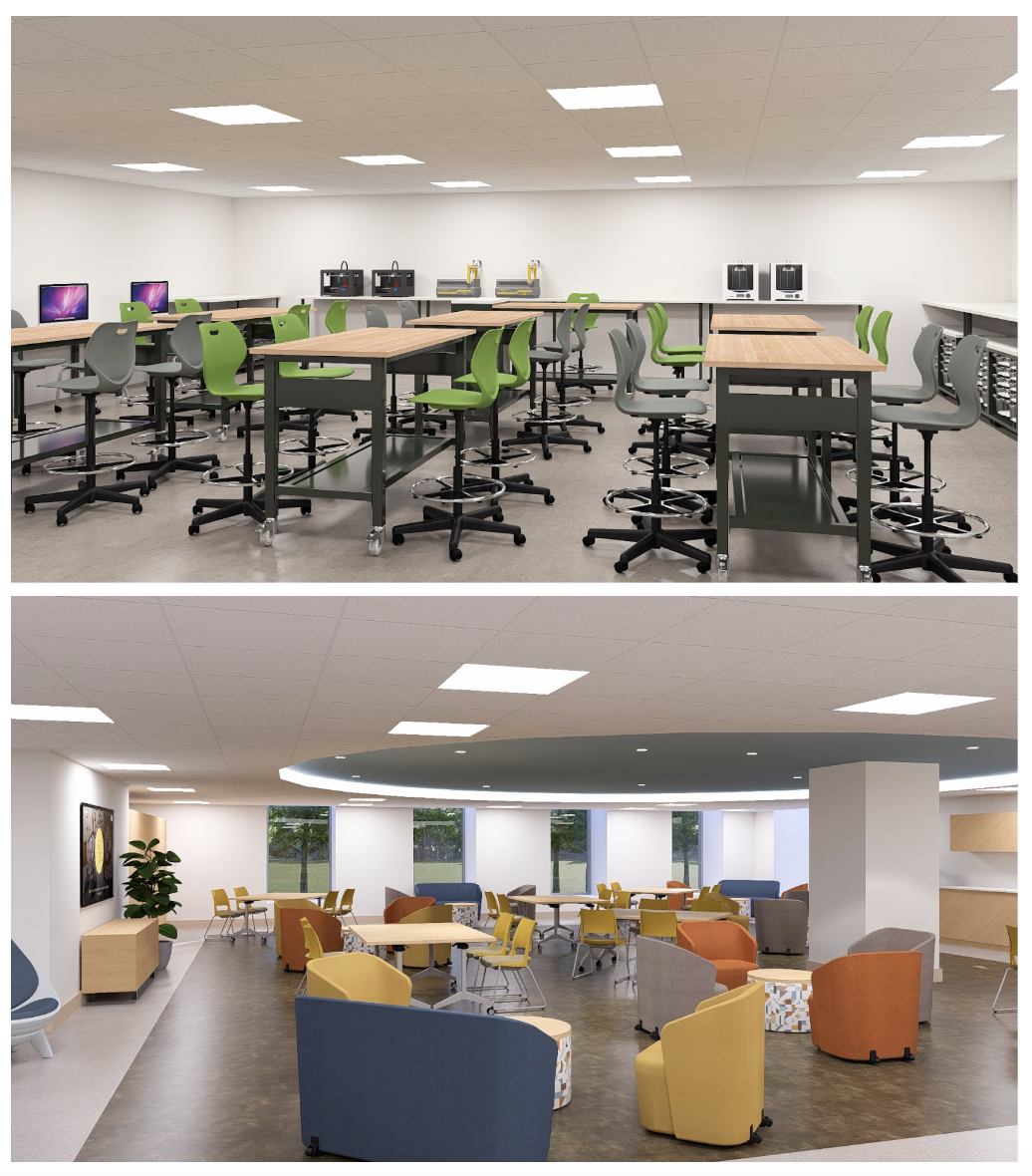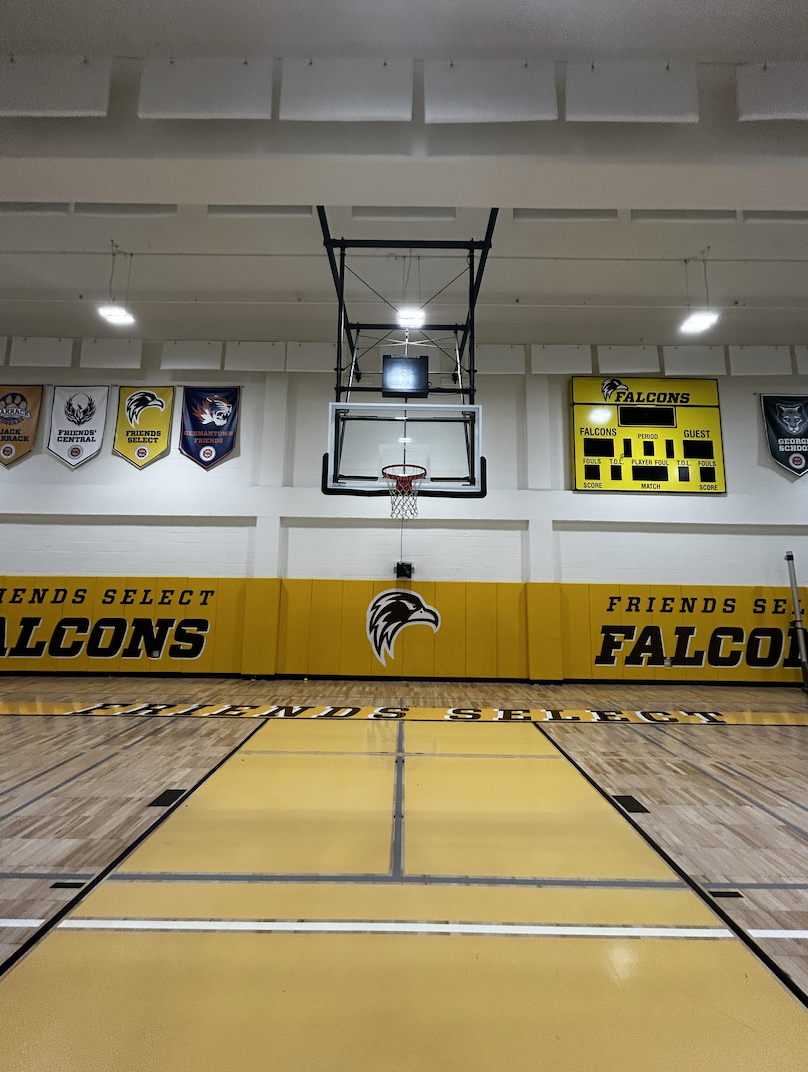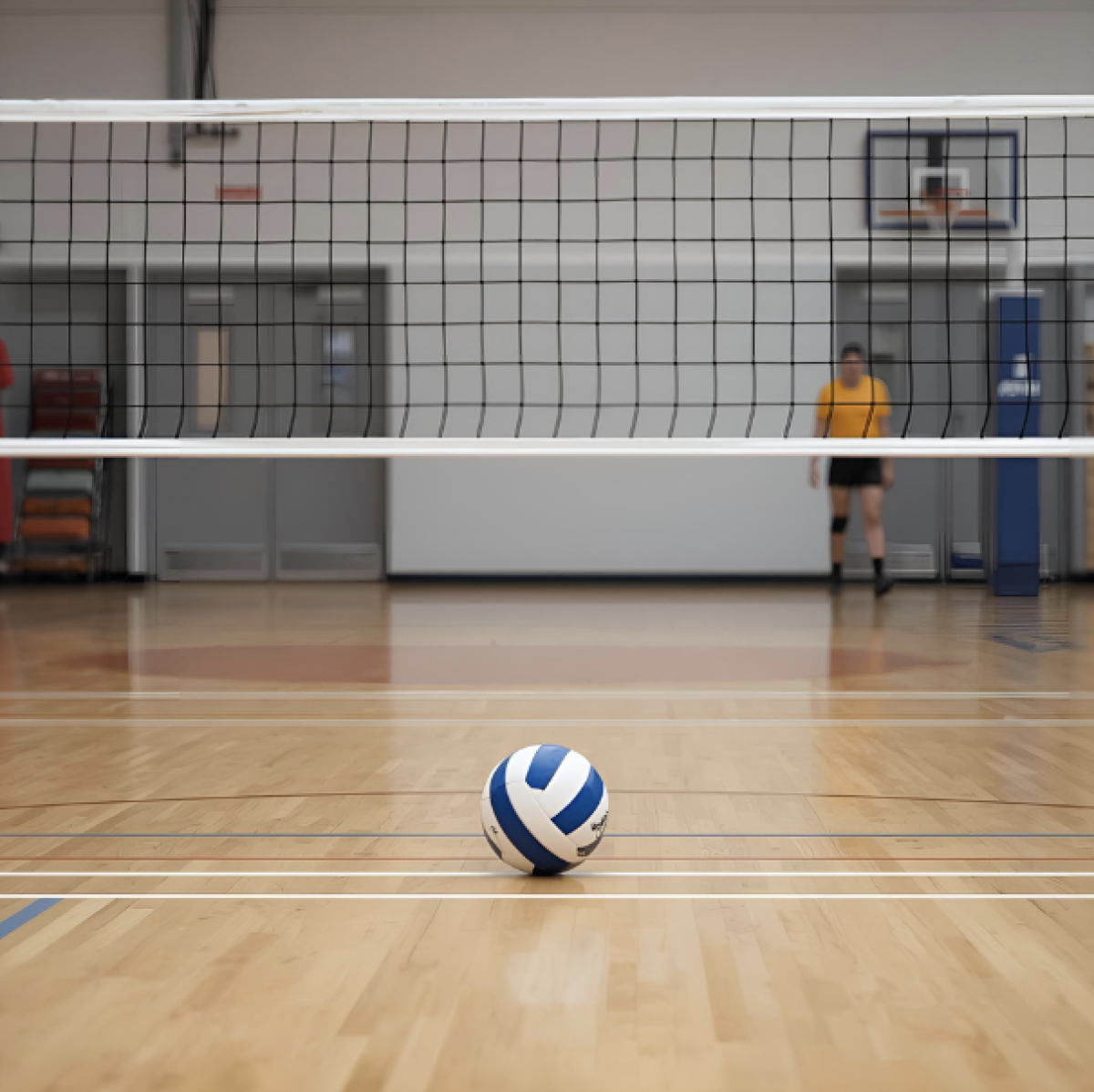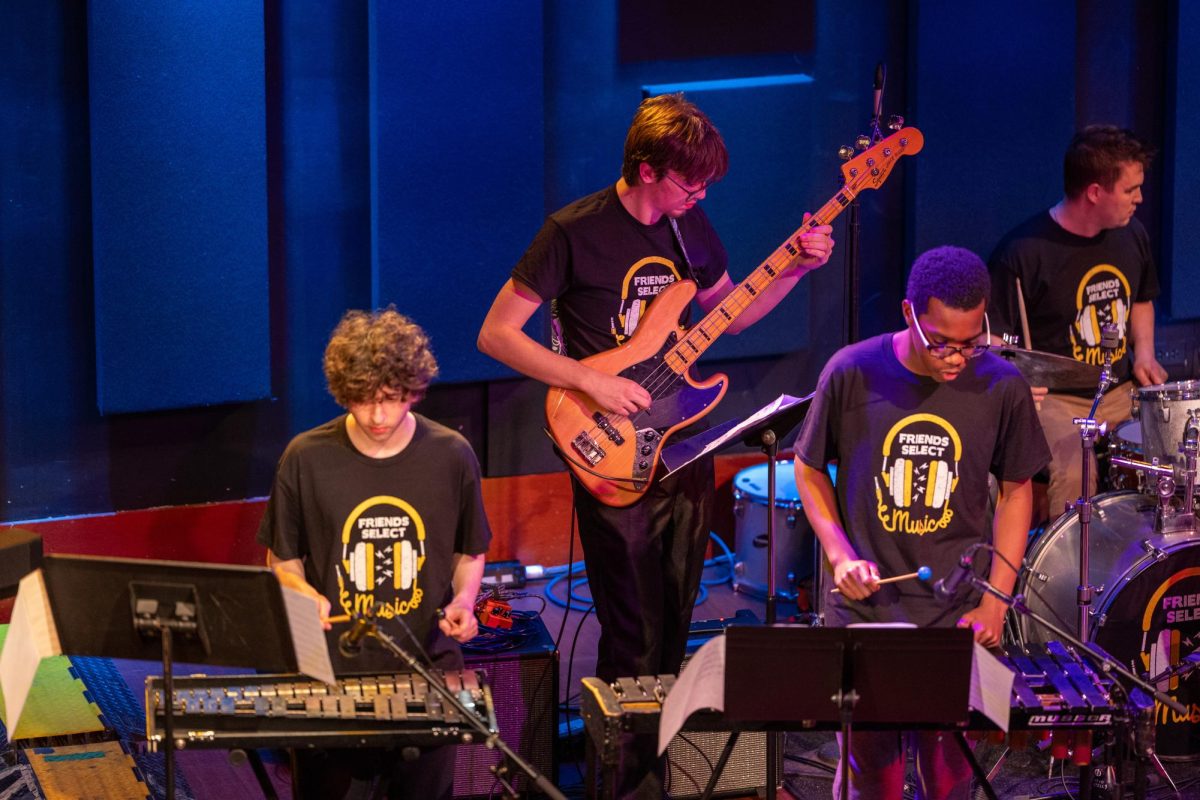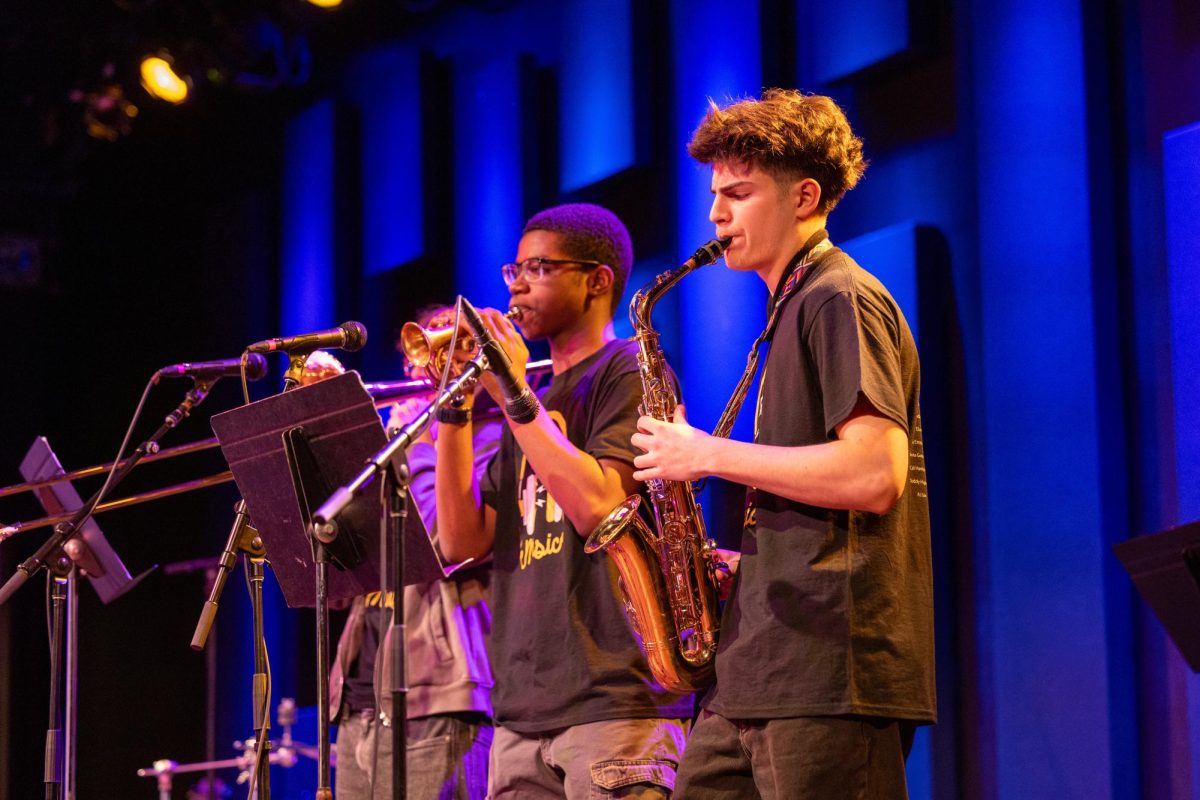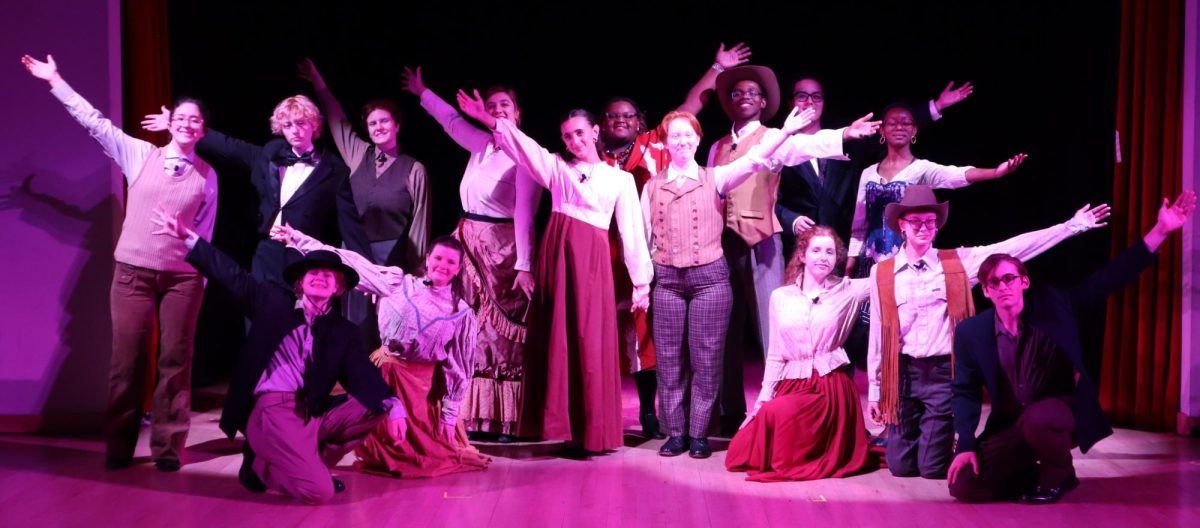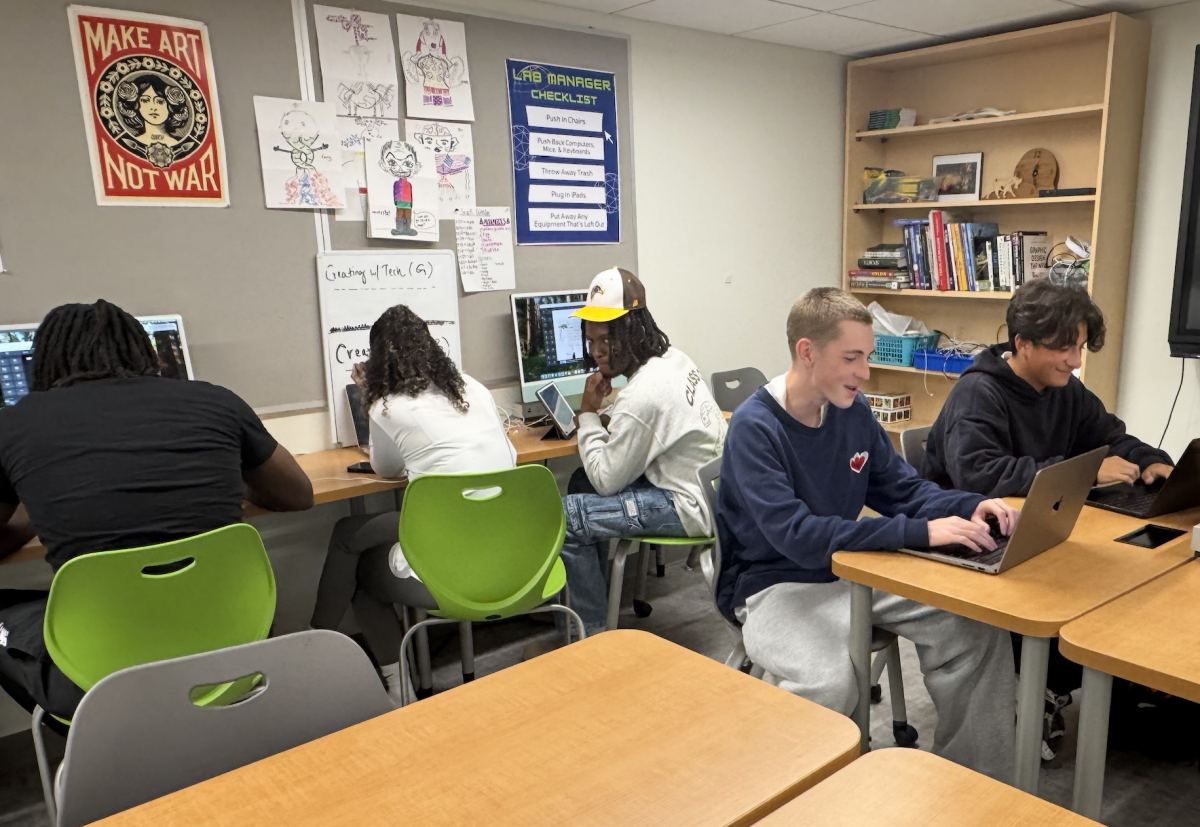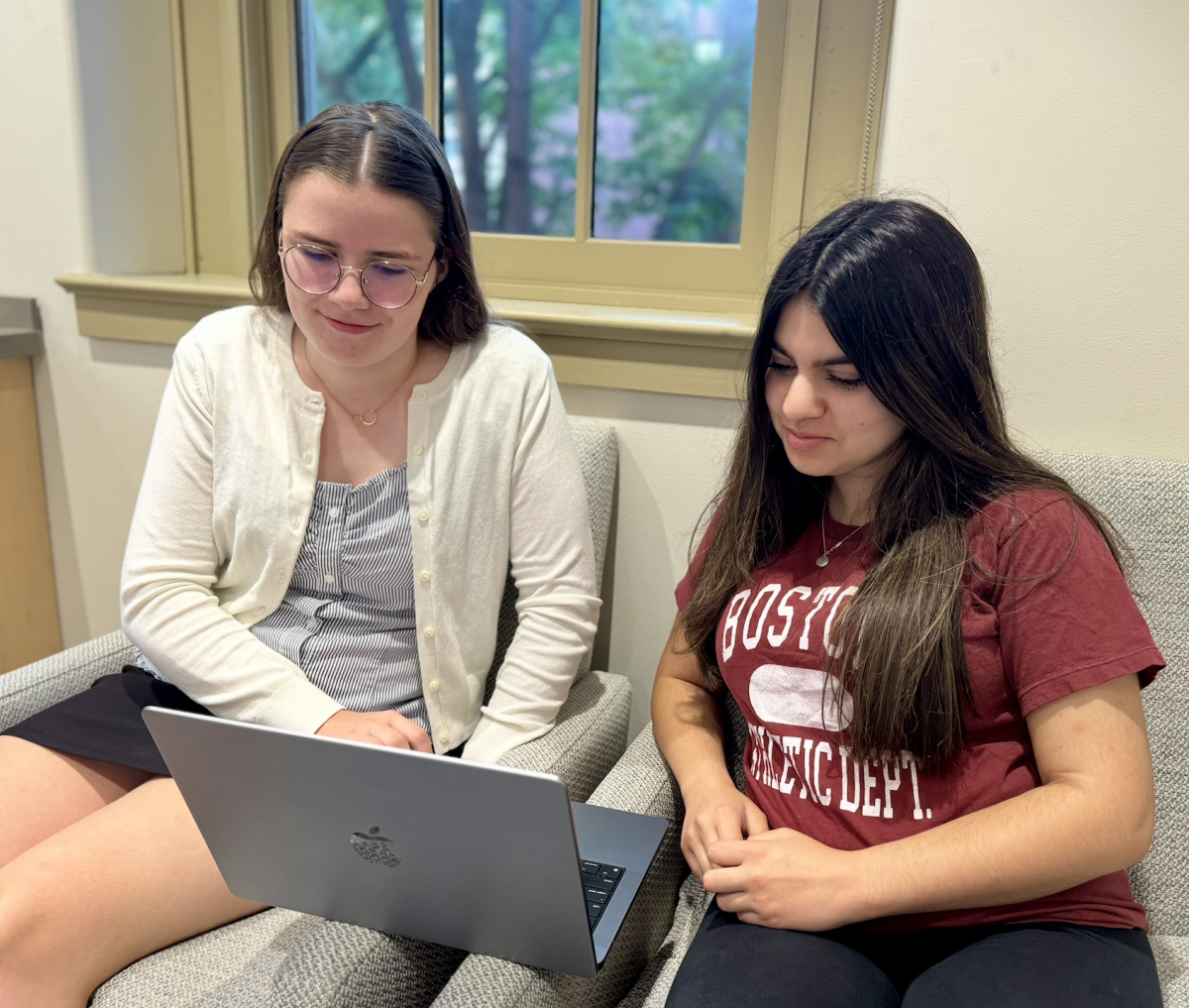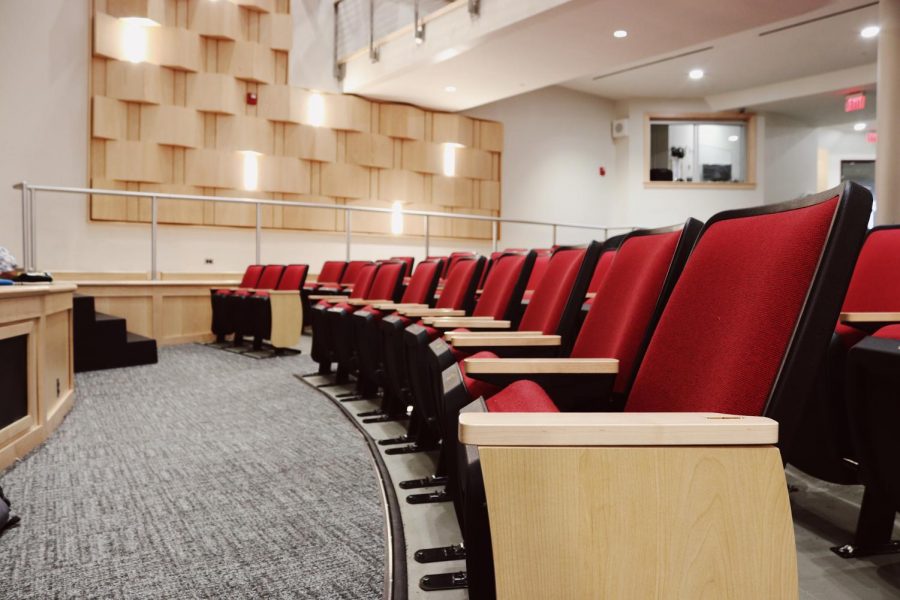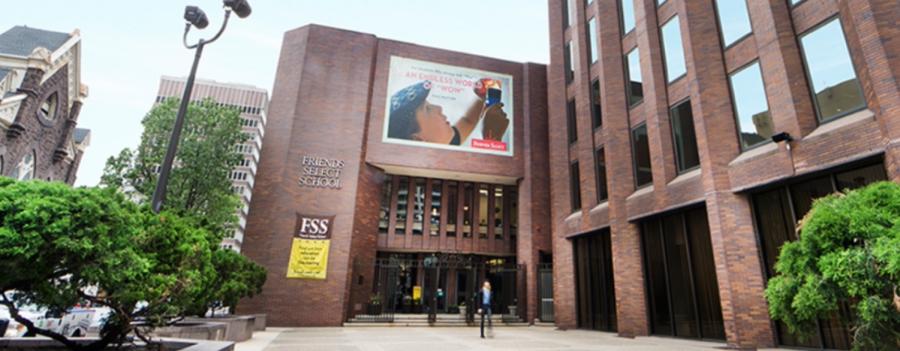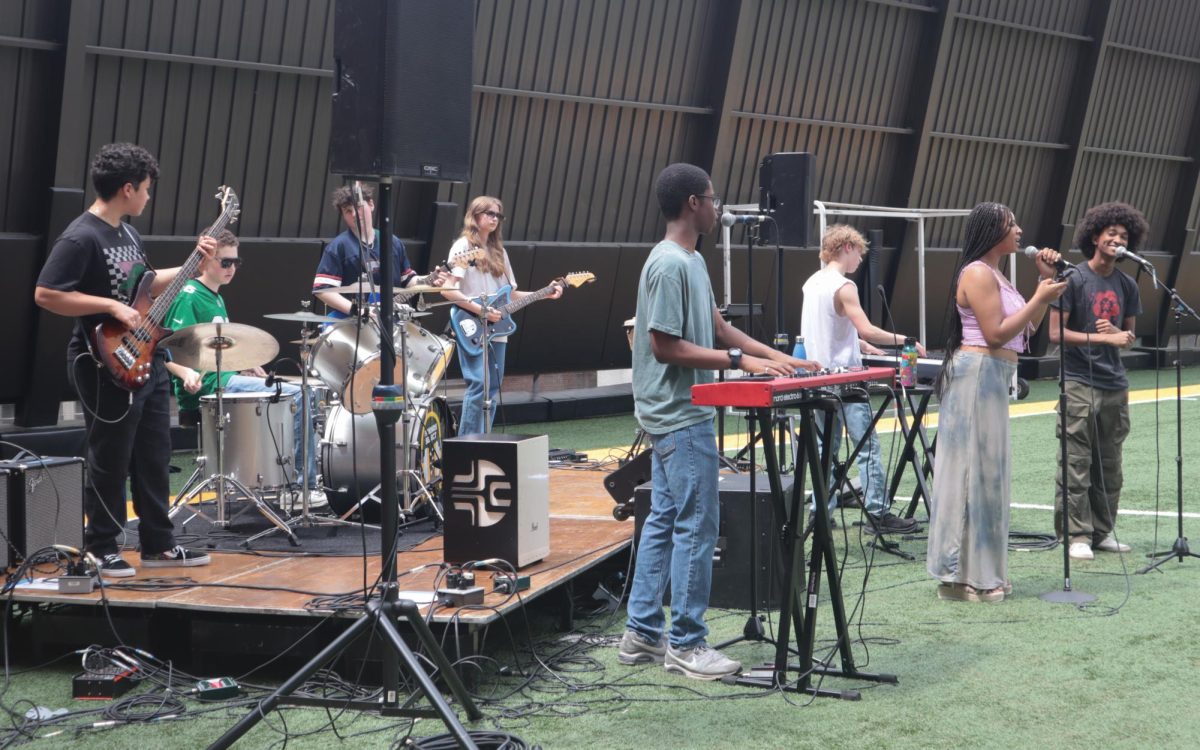The SCECE Release II: Art History isn’t as Boring as We Thought!
Among the hundreds of college emails clogging up our inboxes every week, one email stands out. Yes, this email is from a college, and it’s very similar every week, but “Upcoming Events at the UPenn Middle East Center,” is our favorite email. As we open the email each week, we can’t help but fantasize about film screenings, interviews with former hostages from the Iran hostage crisis, and Iraqi poetry.
Thursday, October 24, on a rare free afternoon, Sophie and I attended “The Politics of Modern Middle Eastern Art”, presented by Sultan Sooud Al-Qassemi. The introduction for Al-Qassemi was comically brief. Although there was an entire page of credentials to list, Al-Qassemi had sharpied them out in exchange for a brief and vague introduction. Then the lecture began with a warning (as all good lectures do): we were about to attempt to cram a semester’s worth of information into a 45 minute lecture. Sophie and I exchanged looks of fear but took a deep breath and settled into our seats. Pens and paper ready, we turned our attention to the speaker.
We began by contrasting the central themes of Israeli art to those in Palestinian art. Immediately, Sophie and I were hooked. Al-Qassemi presented with passion and pizazz. He reacted to each piece as if seeing it for the first time – overwhelmed with excitement for each poster, painting, and sculpture. Everyone in the room was enraptured as Al-Qassemi continued. Seamlessly, we began analyzing international art created in reaction to global conflicts – discussing the impact of Middle Eastern art commenting on global issues, as well as global reactions to Middle Eastern issues. Al-Qassemi’s passion was infectious. Unsurprisingly, we had to move quickly to pack in an entire region’s worth of art. Occasionally, he’d have to skip a slide, saying he that he wouldn’t even look at the art on the slide because it was too interesting, and he’d want to talk about it all day if he saw it.
As we advanced into the Cold War Era, Al-Qassemi slowed down for a moment. “Shall I tell you a story?” he asked, and the room nodded together. “Oh it’s so interesting!” he exclaimed. And then he paused before telling us that the CIA paid Middle Eastern artists to study in the United States. He asked us, “Why was the CIA giving money to artists? Didn’t they have dictators to fund?” Art, he explained, is so essential to empowering social movements, the CIA spent half a million dollars trying to gain influence over artists. The USSR caught on too, and bringing in 50,000 artists a year at its peak. Today, Russia currently has the largest collection of Middle Eastern art outside of the Middle East.
Though Sophie and I did not believe it possible, Al-Qassemi became even more animated when our discussion shifted to artwork depicting Gamal Abdel Nasser, Egypt’s president from 1956-1970. “Oh this piece,” exclaimed Al-Qassemi, turning away from it, “I can’t even look at this piece. Nasser is too beautiful. It’s just too good.” This was not something we were expecting to hear. He was painted especially well, but our minds did not jump to the ‘sex symbol’ that Al-Qassemi was describing. And yet, we managed to learn a lot about the major events in Egypt at the time, amongst the fan-girling Al-Qassemi expressed over these pieces.
By the end of the lecture, every audience member had participated in the discussion. Al-Qassemi singled out anyone who didn’t share, warmly inviting them to describe and analyze the new pieces. There was a palpable disappointment when he got to the final slide – later revealed not to be the final slide, but rather an introduction to a whole section on 21st century art.
Sophie and I looked at each other, as per usual. Any worried glances we exchanged in the beginning seemed absurd. Without any words, we agreed that we had just witnessed something amazing. Together, we’d taken over six pages of notes and neither of us wanted to leave the room. But we dragged ourselves out and talked about the evening the whole walk back.

